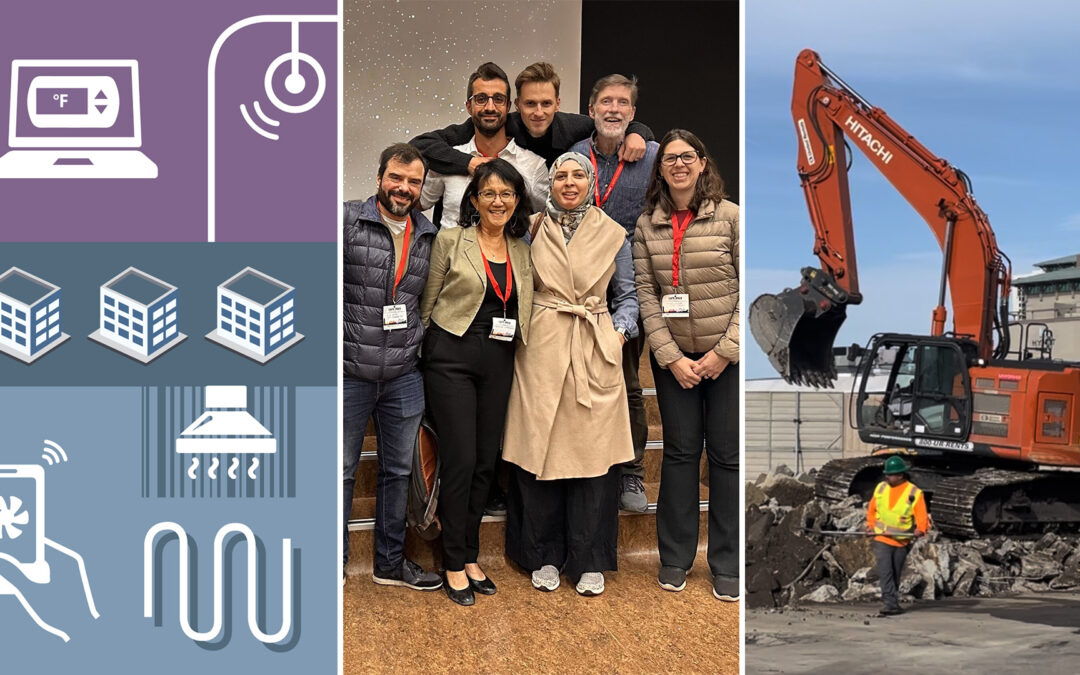
David Lehrer December 12, 2024
As we wrap up 2024, we are excited to share updates on recent work and also about upcoming events where our research team will share our results with broad audiences from industry and academia. Much of this work benefits from the invaluable contributions of our industry partners and research affiliates that include companies and academic institutions from around the world.
More

David Lehrer July 15, 2024
This spring CBE’s research team was thrilled to learn we had won two major funding awards from the California Energy Commission. These winning proposals were led by the California Institute for Energy and Environment (CIEE) who will lead the future work in close collaboration with CBE researchers and other contributors. Both projects are multi-year efforts, each with a wide range of research activities and deliverables, and leverage CBE’s collective knowledge, capabilities and our extensive network of industry and academic partners.
More
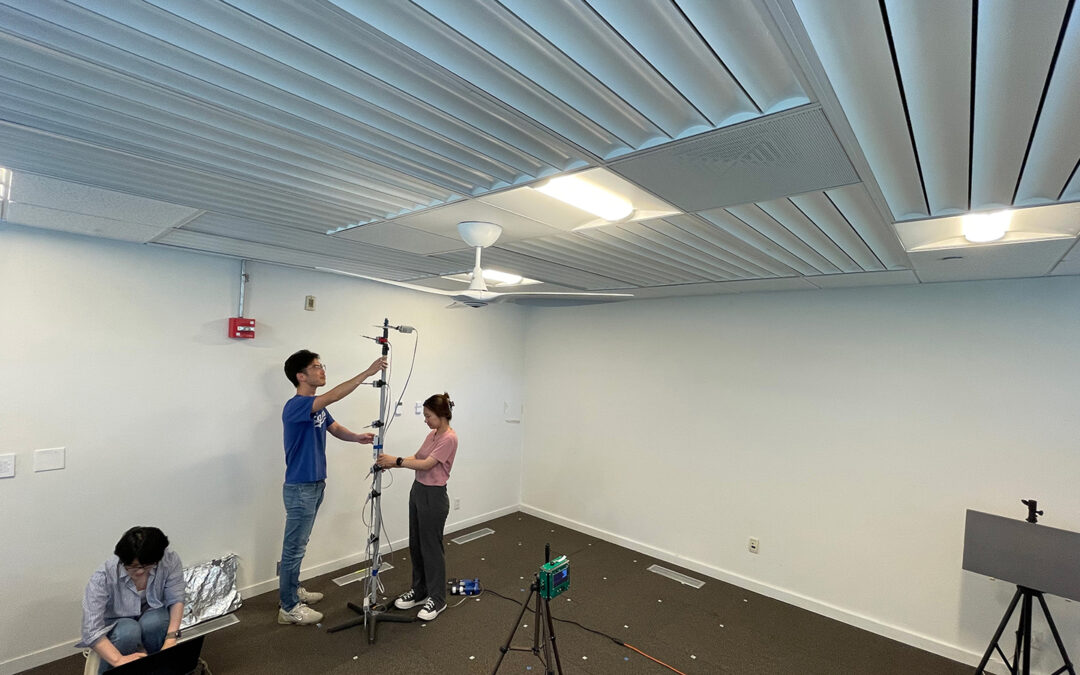
David Lehrer November 6, 2023
CBE’s controlled environment chamber has been used for research leading to hundreds of journal papers, including keystone work related to human response, indoor environments and mechanical systems in buildings and automobile cabins. A major renovation was completed this fall, updating obsolete systems and failing equipment that was hindering important research operations. This milestone was celebrated in a ribbon cutting ceremony and happy hour before CBE’s fall Industry Advisory Board meeting. In this post we acknowledge the recent contributors, and discuss past work and future directions.
More
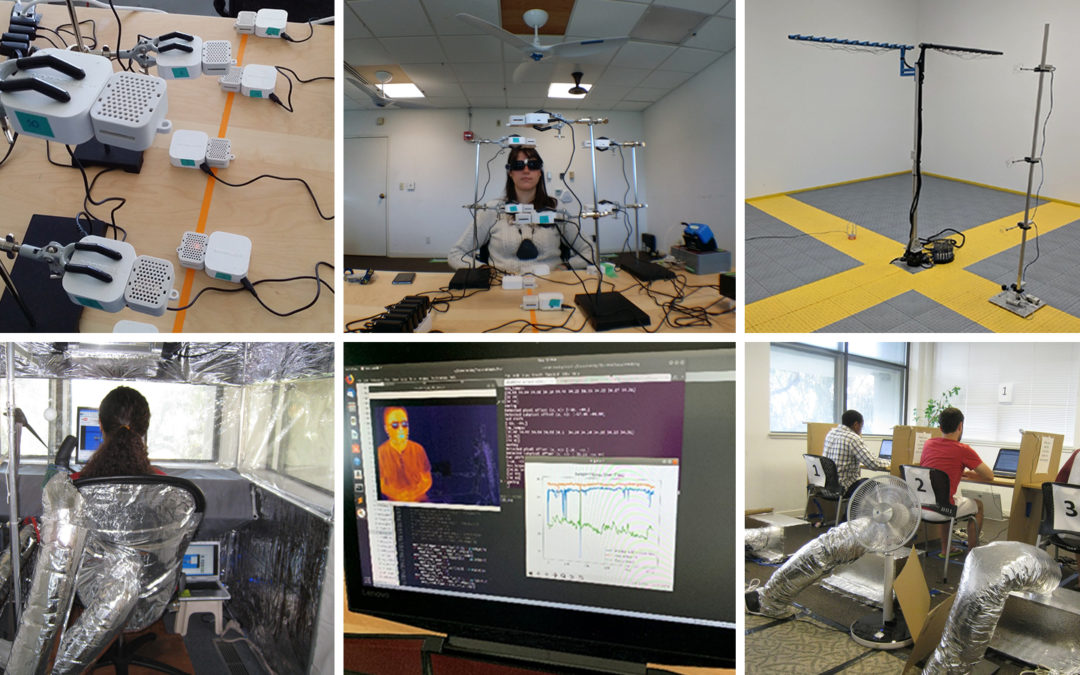
Centerline Team October 29, 2023
CBE is one of 30 research testbeds supporting the California Test Bed Initiative, a lab-based commercialization development program for innovators and entrepreneurs working to bring early to mid-stage clean energy concepts to market. CalTestBed will award vouchers worth up to $300,000 to test and validate candidate technologies at one of nearly 30 testbeds across the UC system and Lawrence Berkeley National Laboratory. Under this program, CBE has completed voucher-based research for two emerging cleantech companies.
More
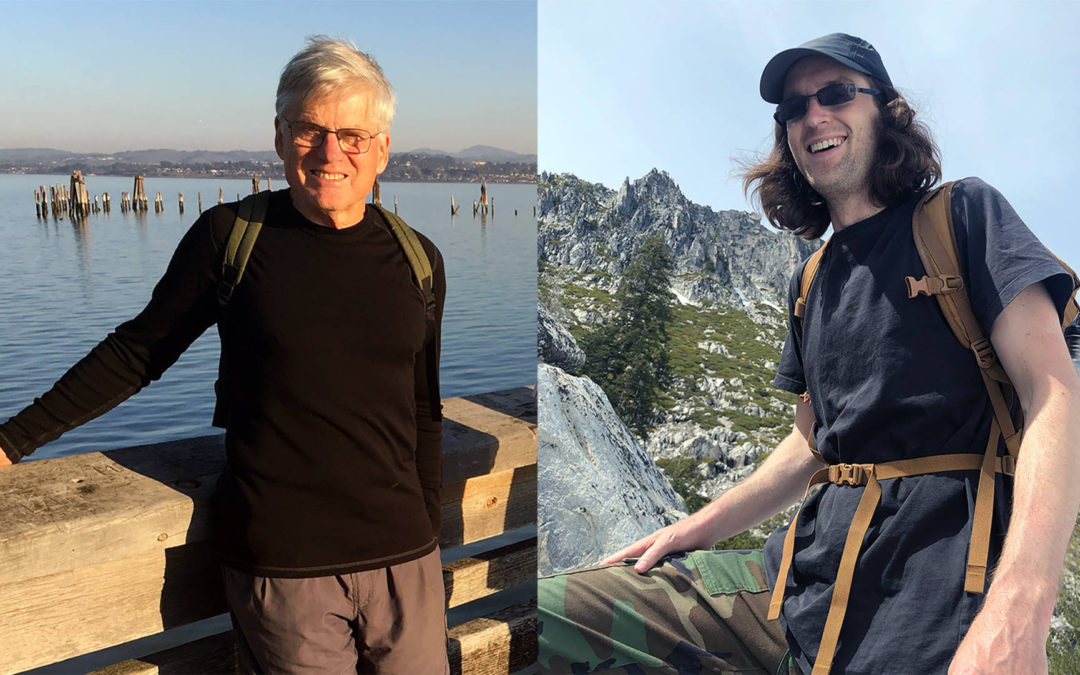
David Lehrer February 15, 2022
Two members of CBE’s research team have received recognition for their contributions from the American Society of Heating, Refrigerating and Air-Conditioning Engineers (ASHRAE): Edward Arens, CBE’s director and professor emeritus of architecture; and Thomas Parkinson, an assistant professional researcher. In addition, several active and past members of CBE’s industry consortium also received recognition.
More
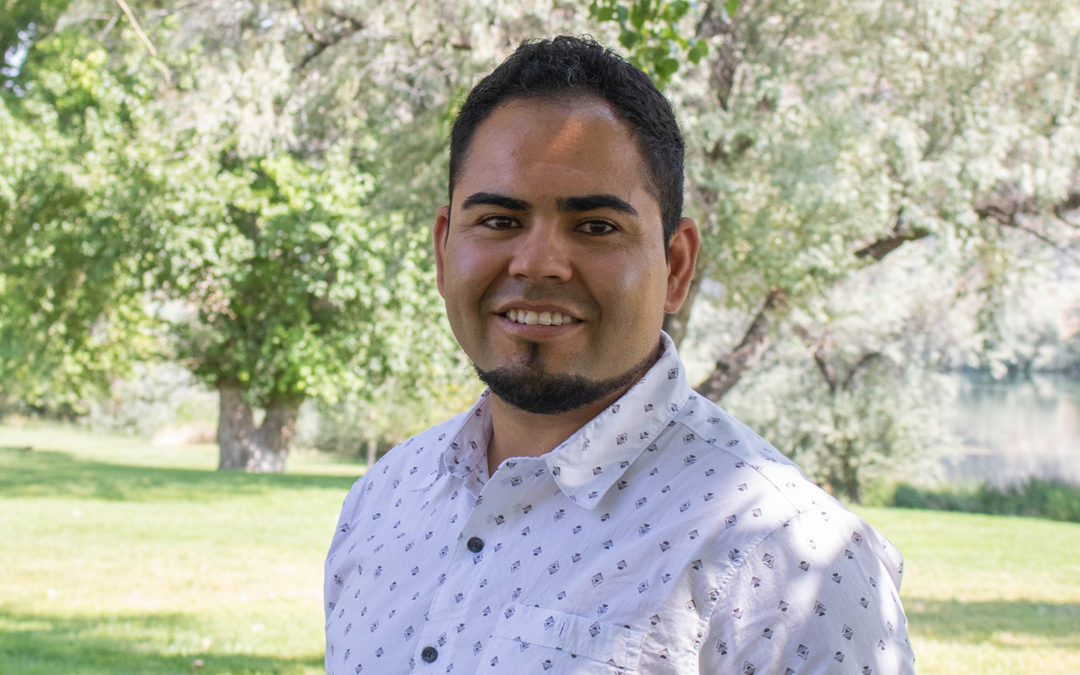
David Lehrer September 16, 2020
Already a core part of CBE’s research team, Carlos Duarte completed his PhD dissertation earlier this year and has joined CBE as a post-doctoral researcher. We caught up with him via Zoom while the campus is still closed due to the ongoing concerns of Covid-19.
More
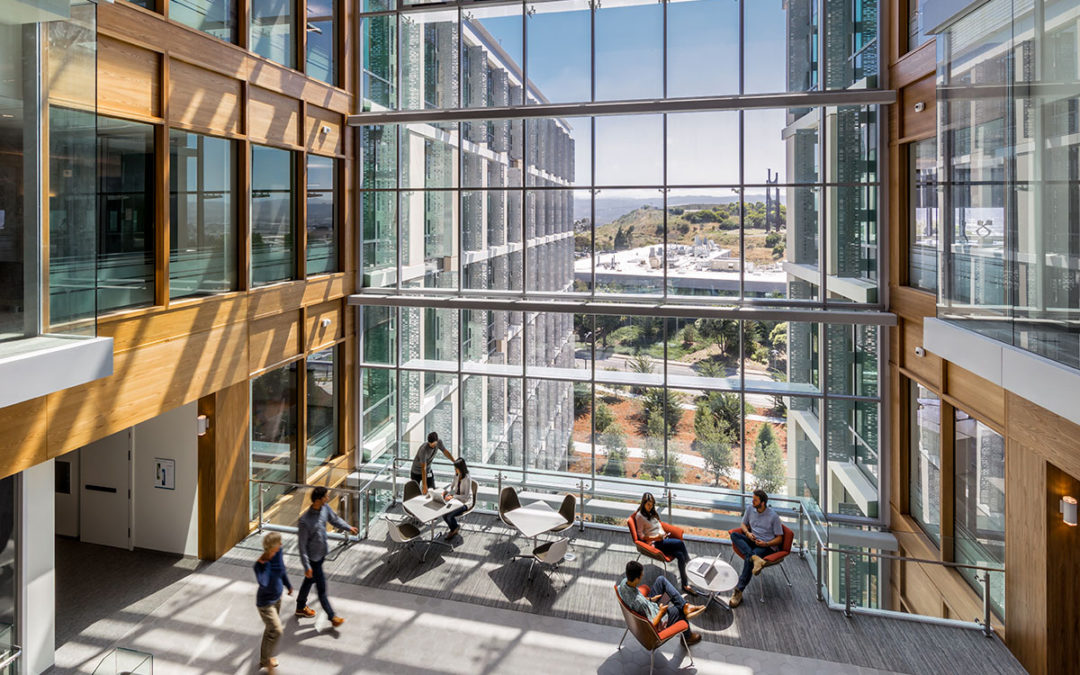
Centerline Team July 14, 2020
CBE received new funding to support research in innovative control technologies that will reduce natural gas consumption in large commercial buildings, leading to paths for cost-efficient solutions having broad application including in existing buildings.
More
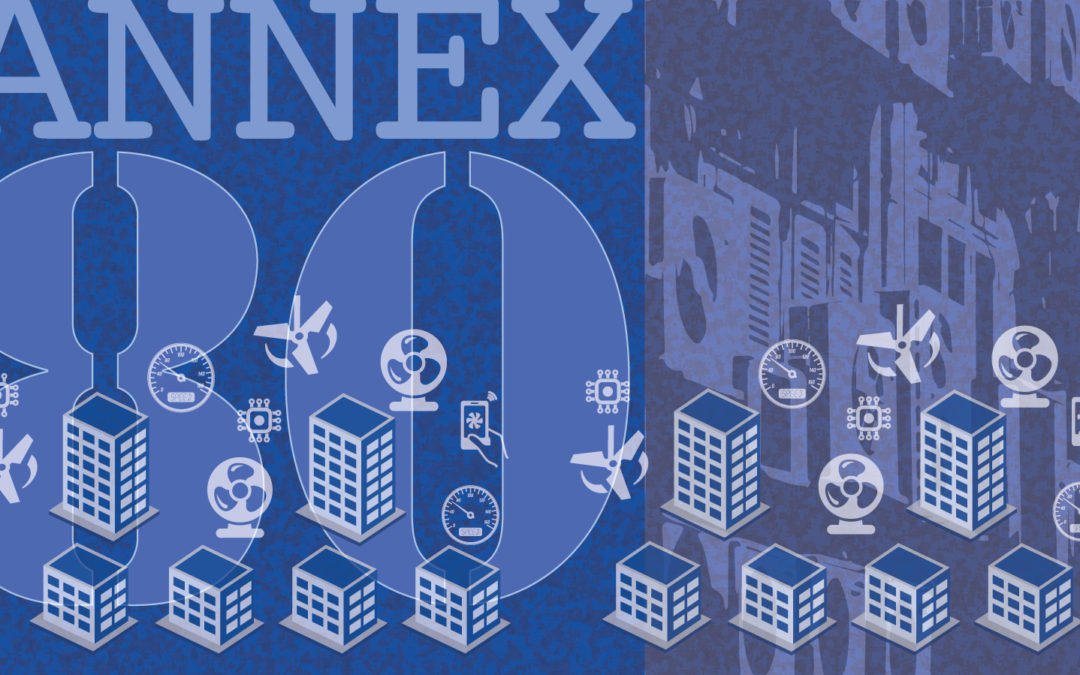
David Lehrer May 20, 2020
CBE researchers are part of a research program on “Resilient Cooling for Buildings,” supported by an international association of governments, industry and researchers. The main objective is to support the rapid adoption of resilient, low-energy and low-carbon cooling systems for buildings. This work will also serve to help cities and communities better contend with climate-based and demand-based power outages.
More
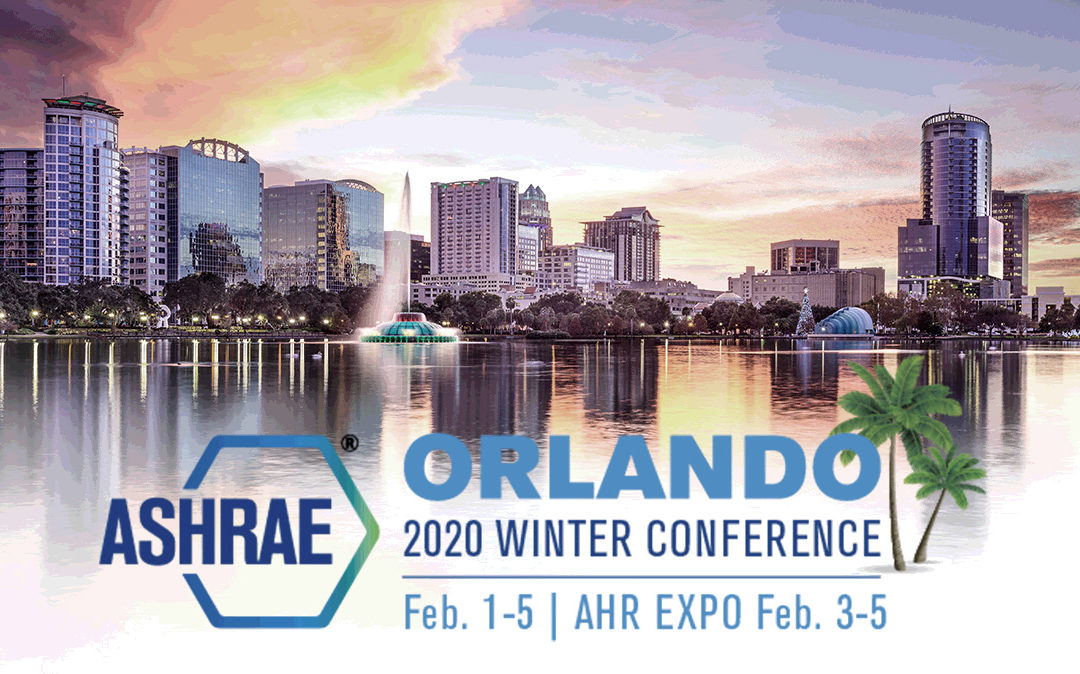
Jessica Uhl January 23, 2020
CBE researchers, students and visiting scholars will present recent findings and design tools at the 2020 ASHRAE Winter Conference on February 1-5 in Orlando.
More

David Lehrer April 17, 2019
This spring CBE’s research team received funding to support two new projects that will create new ways to gather, analyze and monetize data from commercial buildings, yielding energy cost savings and more comfort for building users.
More










